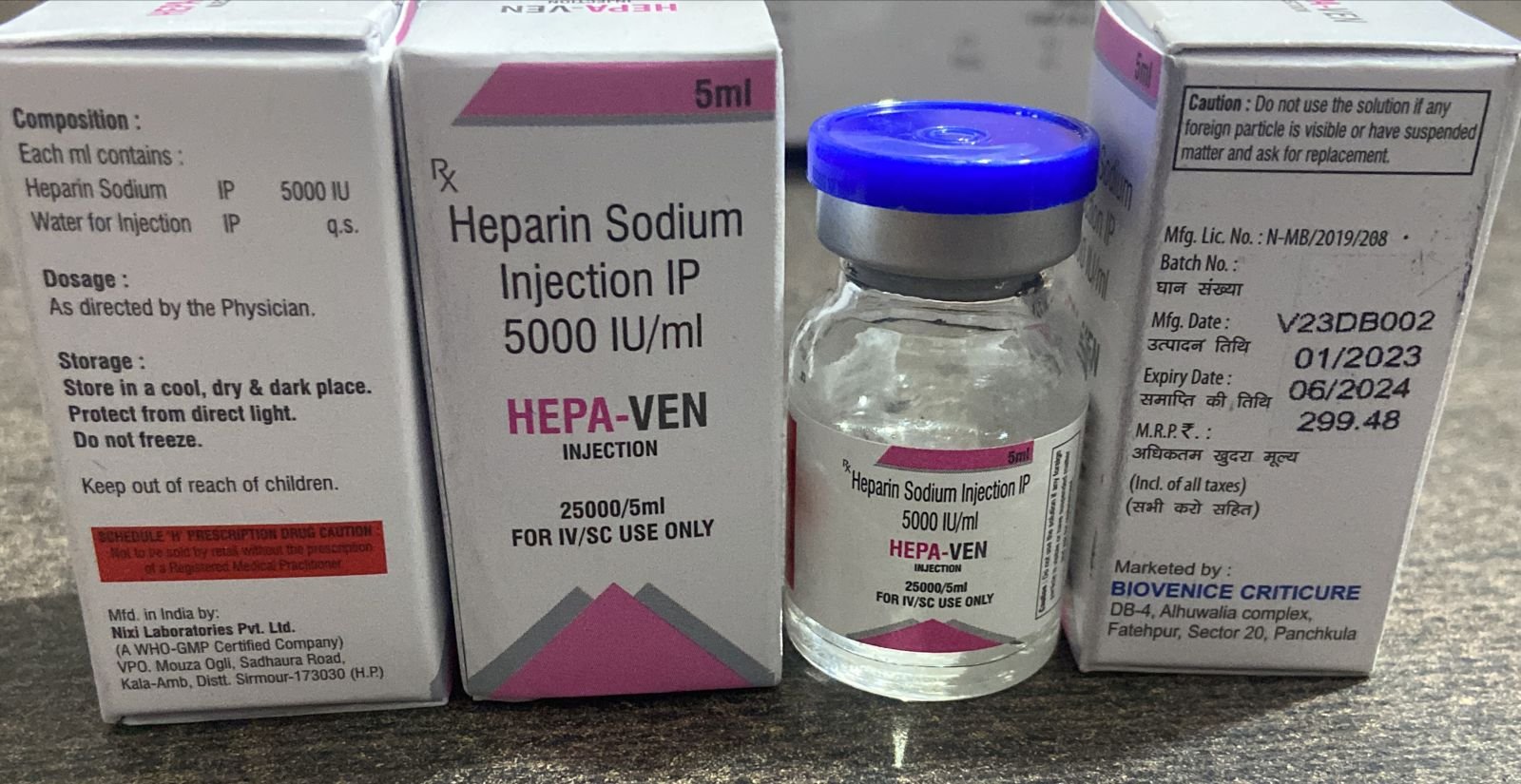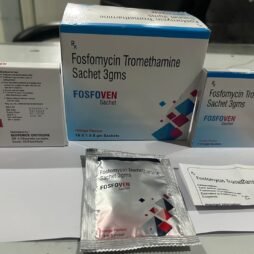Introduction to Heparin Sodium Injection
Heparin sodium injection is a widely utilized anticoagulant medication, primarily employed to prevent and treat various conditions related to blood clotting. Classified as an anticoagulant, it functions by inhibiting specific factors in the blood clotting process, thereby reducing the risk of clot formation. The origin of heparin dates back to the early 20th century when it was first discovered by a medical student named Jay McLean in 1916. Since then, heparin has been extensively researched, leading to its development as a crucial therapeutic agent in modern medicine.
Heparin sodium injection is commonly administered for the prevention and treatment of deep vein thrombosis (DVT) and pulmonary embolism (PE). DVT refers to the formation of blood clots in deep veins, typically in the legs, which can lead to severe complications if not treated promptly. Pulmonary embolism occurs when a blood clot travels to the lungs, posing significant health risks. Additionally, heparin sodium is frequently used during certain surgical procedures, such as cardiac surgeries, to prevent clot formation, ensuring the patient’s safety throughout the operation.
The mechanism of action of heparin sodium involves the inhibition of clotting factors, including thrombin and factor Xa, which play a central role in the blood coagulation cascade. By targeting these factors, heparin sodium effectively disrupts the clotting process, thereby preventing the formation and growth of blood clots.
It is crucial to administer heparin sodium under strict medical supervision due to the potential risks associated with its use. Incorrect dosing or unsupervised administration can lead to serious complications, including excessive bleeding or insufficient anticoagulation, which may result in clot formation. Therefore, healthcare professionals must closely monitor patients receiving heparin sodium injection to ensure its safe and effective use.
Dosage, Administration, and Potential Side Effects
Heparin sodium injections are a critical component in the treatment and prevention of various medical conditions, including deep vein thrombosis, pulmonary embolism, and certain heart conditions. The dosage of heparin sodium can vary significantly depending on the condition being treated, the severity of the condition, and individual patient factors such as age, weight, and overall health. Typically, healthcare providers will determine the appropriate dosage based on these factors, often starting with a higher initial dose followed by maintenance doses to keep the blood at the desired level of anticoagulation.
Heparin sodium can be administered in two primary forms: intravenous (IV) and subcutaneous (under the skin) injections. Intravenous administration is often used in hospital settings for acute conditions requiring immediate effect, allowing for rapid adjustment of dosage. Subcutaneous injections, on the other hand, are often used for ongoing treatment or prevention, offering a more manageable method for long-term use, particularly for patients outside of a hospital setting.
When preparing and administering heparin sodium injections, it is crucial to adhere strictly to medical advice and proper techniques to avoid complications. This includes using sterile equipment, following precise dosage instructions, and ensuring the injection is given correctly. Patients should be trained by healthcare professionals on how to administer subcutaneous injections if they are to self-administer the medication at home.
While heparin sodium is effective, it is not without potential side effects. Common side effects may include bruising or irritation at the injection site. However, more severe risks, such as bleeding complications or allergic reactions, can occur. Symptoms of serious side effects, such as unusual bleeding, severe headache, dizziness, or swelling, should prompt immediate medical attention.
Regular monitoring by healthcare providers is essential to ensure the safe use of heparin sodium. Adjustments to the dosage may be necessary based on the patient’s response to the medication and any side effects experienced. Patients should maintain open communication with their healthcare providers and report any adverse effects or concerns promptly to ensure optimal treatment outcomes.





